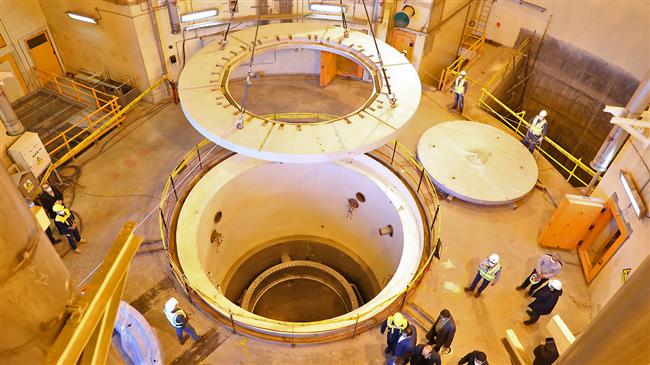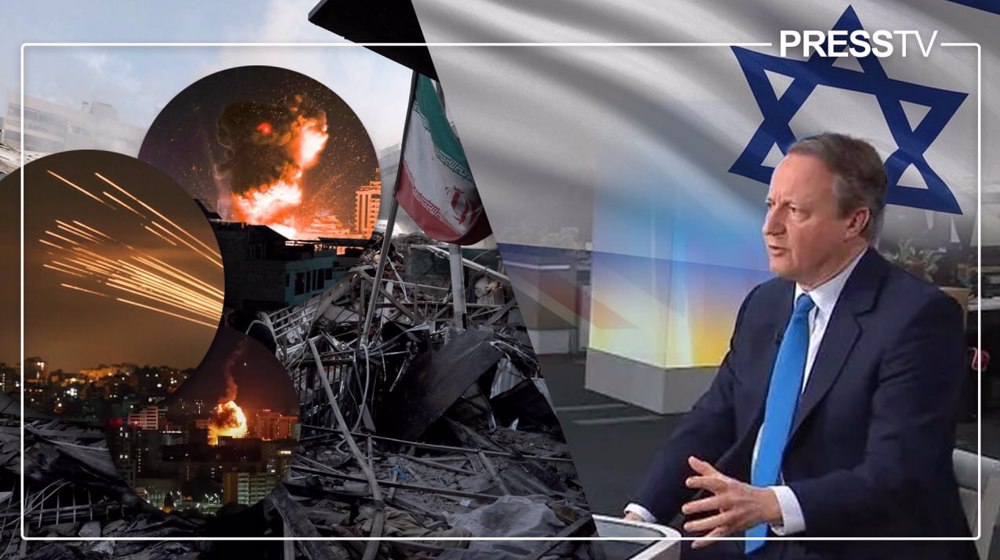The Weekly: Our most important stories from last week
The Weekly is a brief look back at the most consequential news from last week with a view to putting them in context. Published every Monday, The Weekly retells each of the selected stories, adds a little perspective, and gives directions as to where things may be headed.
While there was no shortage of important news in the week ending January 19, 2020, there was only one development with implications that would stretch beyond a time span of seven days, namely the invocation by three European countries of a “dispute resolution mechanism” in the Iran nuclear deal.
A dispute starts in earnest
On Tuesday, January 14, 2020, the three European parties to the Iran deal triggered what the agreement refers to as the “dispute resolution mechanism,” on the grounds that Iran has been violating its commitments under the deal.
The Iran deal was reached in 2015. The original parties to the agreement were Iran, the United States, Russia, China, and the three European countries of Britain, France, and Germany. For almost a year and a half since its implementation day, the deal seemed to mostly work for all parties. But, since his election to the US presidency in 2016, Donald Trump began gnawing at it around the edges. Having long called the deal “the worst ever” in what was generally believed to be personal retribution against former President Barack Obama, Trump ultimately withdrew the US from the deal in 2018.
Soon, and in the face of finely-detailed sanctions by the US against all sides, implementation by the remaining parties vis-à-vis Iran faced hurdles. Iran complained that it was not benefitting from the deal as promised, only to find its complaints falling on deaf European ears. So it came up with an idea: Iran would be scaling back its commitments step by step, until the other parties took action to reverse the adverse effects of the American withdrawal.
The US didn’t stand down. It kept escalating — and not just through sanctions. On January 3 this year, the US assassinated Iran’s top anti-terror commander, Major General Qassem Soleimani.
As that happened, and as Europe stood idly by, Iran stopped implementing the last limits on uranium enrichment under the deal. However, and this is important, Iran said it would continue to allow international inspectors to conduct an intrusive monitoring of the Iranian nuclear program defined under the deal.
On Tuesday, the three European parties to the deal said in a joint statement that they had “been left with no choice, given Iran’s actions,” but to trigger the mechanism. What they didn’t say, however, was that the Trump administration had a week earlier directly threatened 25-percent tariffs on auto imports from Europe if they didn’t invoke the mechanism, according to The Washington Post.
German Defense Minister Annegret Kramp-Karrenbaue later — on Thursday, January 16 — confirmed The Washington Post’s reporting. “This expression or threat, as you will, does exist,” she said.
Another thing left unsaid in the European statement was that the three countries had already effectively ceased implementing their end of the bargain due to the incremental US sanctions and had taken almost no meaningful initiative of their own to counter those sanctions.
And just before the statement came out, British Prime Minister Boris Johnson said in telltale remarks, “If we’re going to get rid of [notice the wording!] it (the Iran deal), then we need a replacement,” he told BBC Breakfast. “Let’s replace it with the Trump deal.” He did not explain.
Here is how the “dispute resolution mechanism” works: the complaining parties notify a Joint Commission; if not resolved, the issue is then referred to the foreign ministers of the parties to the deal; if not resolved, the issue would then be transferred to an Advisory Board, “which would consist of three members (one each appointed by the participants in the dispute and a third independent member).” And if the dispute is still there, the complaining parties could stop implementing their obligations “in whole or in part” and notify the United Nations Security Council.
“Upon receipt of the notification from the complaining participant..., the UN Security Council... shall vote on a resolution to continue the sanctions lifting. If the resolution described above has not been adopted within 30 days of the notification, then the provisions of the old UN Security Council resolutions would be re-imposed,” in what is commonly referred to as the “snapback” of sanctions against Iran.
It is not a given that the UN Security Council sanctions against Iran will snap back. But there is a possibility that they will. If they do, tensions will significantly ratchet up between Iran and the West, and the US will have single-handedly brought about the demise of the Iran deal, including limitations on Iran’s nuclear program.
Iran has warned the three European parties that if the dispute mechanism is abused, they will have to be prepared to “accept the consequences.”
Israel retreats, delays striking back at Iran after US call: Sources
Qatar says reassessing role as mediator in Gaza truce talks
EU to expand sanctions on Iran over retaliation against Israel
'US, West must abandon double standards towards Israel's acts of terror'
April 17: ‘Axis of Resistance’ operations against Israeli occupation
UN Security Council to vote on full Palestinian UN membership on Friday
Palestinians across Gaza face 'man-made famine’: UNRWA
UK, Italy call on Israel to refrain from escalating tensions in region












 This makes it easy to access the Press TV website
This makes it easy to access the Press TV website